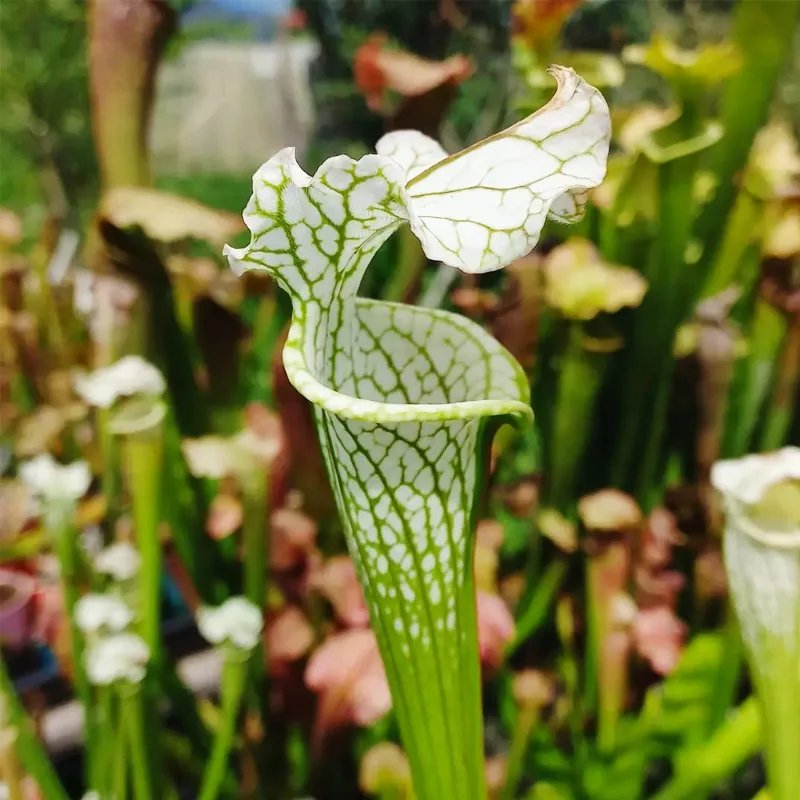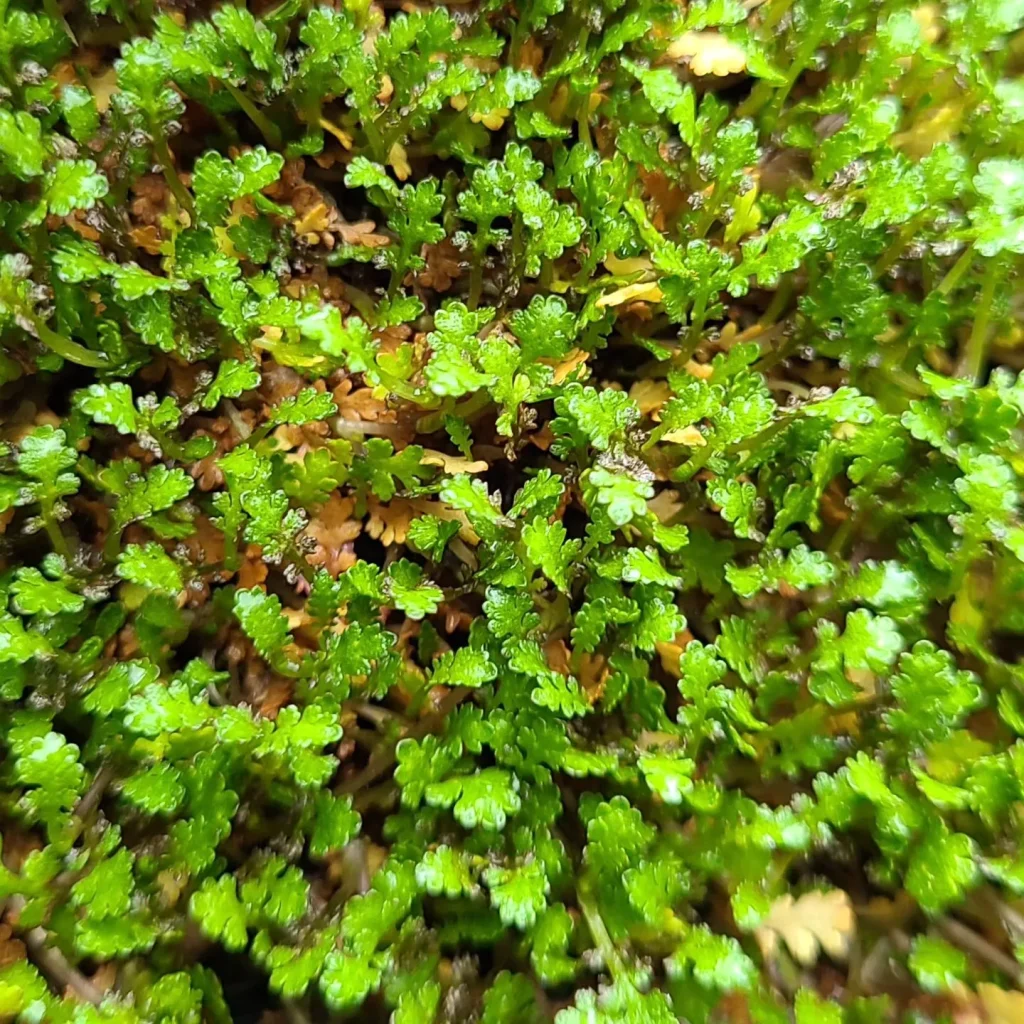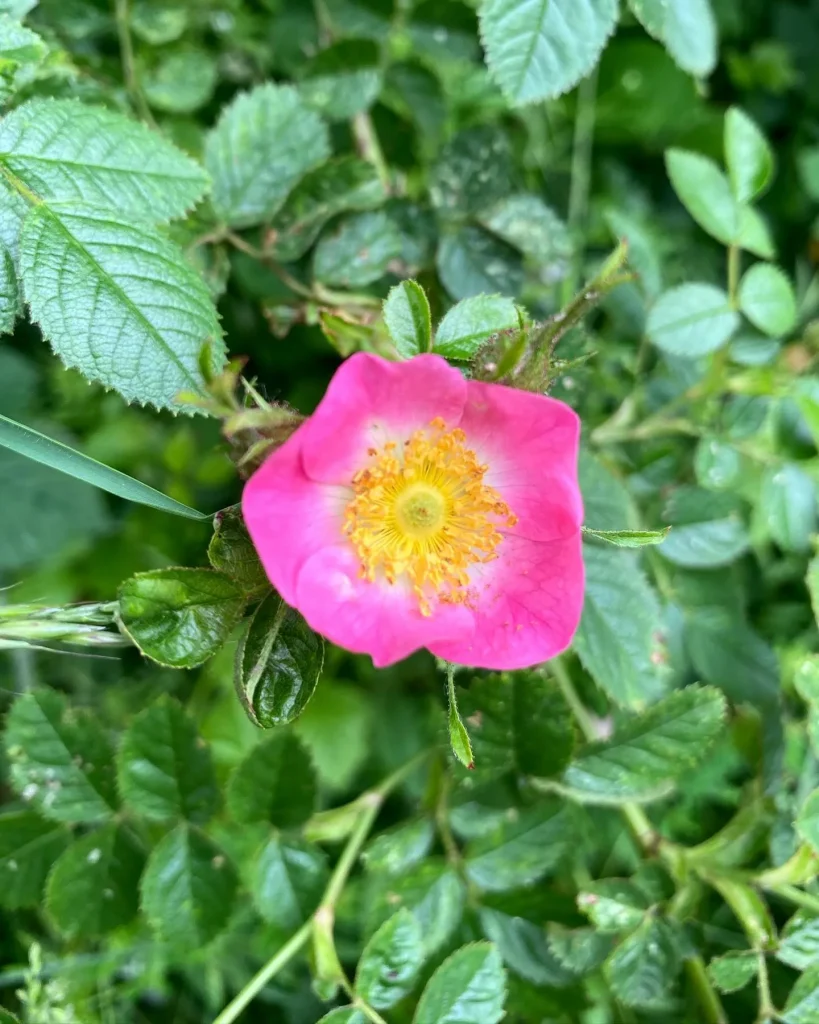Henbane: A Familiar Stranger
My name is Ferb Vu, and while I might not be a botanist by profession, I’ve always been drawn to the strange and unusual in the natural world. This fascination led me to the Hyoscyamus genus, more commonly known as henbane. It’s a plant shrouded in myth and folklore, notorious for its toxicity, yet possessing a peculiar beauty. I remember the first time I encountered henbane. It was growing wild along a neglected path, its pale yellow petals veined with purple, like a secret whispered in the shadows. The plant exuded an odd, almost intoxicating scent, and I was immediately captivated.
A Notorious Family
Henbane belongs to the Solanaceae family, a group known for both its edible and deadly members. Tomatoes, potatoes, and eggplants are all part of this family, but so are belladonna and mandrake – plants with a long history of medicinal and mystical use. Henbane falls squarely into the latter category. Its leaves, flowers, and seeds contain potent alkaloids like hyoscyamine and scopolamine, substances that can cause hallucinations, delirium, and even death if ingested.
Species in Hyoscyamus
The Hyoscyamus genus comprises around 20 species, each with its own unique characteristics and distribution. Some of the most notable include:
- Hyoscyamus niger: This is the most common species, often referred to as black henbane. It’s characterized by its sticky, hairy leaves and bell-shaped flowers with dark purple throats.
- Hyoscyamus albus: Known as white henbane, this species has pale yellow flowers and is typically found in the Mediterranean region.
- Hyoscyamus muticus: This species, native to Egypt and the Middle East, is distinguished by its large, fleshy leaves and lack of stem leaves.
- Hyoscyamus aureus: Found in the eastern Mediterranean, this species is known for its bright yellow flowers and spiny fruit.
- Hyoscyamus pusillus: This small, annual species is native to the Middle East and is characterized by its pale yellow flowers and hairy leaves.
- Hyoscyamus afghanicus Pojark.
- Hyoscyamus arachnoideus Pojark.
- Hyoscyamus bornmuelleri Khat.
- Hyoscyamus boveanus (Dunal) Asch. & Schweinf.
- Hyoscyamus coelesyriacus Bornm.
- Hyoscyamus desertorum (Asch. ex Boiss.) Täckh.
- Hyoscyamus flaccidus C.Wright
- Hyoscyamus gallagheri A.G.Mill. & Biagi
- Hyoscyamus grandiflorus Franch.
- Hyoscyamus insanus Stocks
- Hyoscyamus kotschyanus Pojark.
- Hyoscyamus kurdicus Bornm.
- Hyoscyamus leptocalyx Stapf
- Hyoscyamus leucanthera Bornm. & Gauba
- Hyoscyamus longipedunculatus C.C.Towns.
- Hyoscyamus malekianus Parsa
- Hyoscyamus multicaulis Rech.f. & Edelb.
- Hyoscyamus nutans Schönb.-Tem.
- Hyoscyamus orthocarpus Schönb.-Tem.
- Hyoscyamus pojarkovae Schönb.-Tem.
- Hyoscyamus reticulatus L.
- Hyoscyamus rosularis Schönb.-Tem.
- Hyoscyamus senecionis Willd.
- Hyoscyamus squarrosus Griff.
- Hyoscyamus tenuicaulis Schönb.-Tem.
- Hyoscyamus tibesticus Maire
A History Steeped in Lore
Henbane has a long and fascinating history intertwined with human civilization. Its use dates back to ancient times, where it was employed in medicine, magic, and even warfare. The ancient Egyptians used henbane as a painkiller and anesthetic, while the Greeks and Romans used it to treat a variety of ailments, including insomnia, asthma, and toothache.
However, henbane’s potent psychoactive effects also led to its association with witchcraft and sorcery. In medieval Europe, it was believed that witches used henbane in their flying ointments and potions. The plant’s hallucinogenic properties were thought to induce a sense of flight and otherworldly experiences. Shakespeare even mentions henbane in his plays, further solidifying its connection to the supernatural.
A Modern Perspective
Today, henbane is rarely used in mainstream medicine due to its toxicity and unpredictable effects. However, it continues to be studied for its potential therapeutic applications. Some research suggests that the alkaloids in henbane may have antispasmodic, analgesic, and sedative properties.
Despite its potential benefits, henbane remains a dangerous plant. Its toxicity should not be underestimated, and it should never be consumed or handled without proper knowledge and precautions.
A Personal Reflection
My own interest in henbane stems from a desire to understand the complex relationship between humans and plants. Henbane is a powerful reminder of the duality of nature – its ability to both heal and harm. It’s a plant that has been both revered and feared throughout history, and its story continues to fascinate and intrigue me.
As I continue to learn more about henbane, I am struck by its resilience and adaptability. It thrives in disturbed habitats, often found growing in neglected corners and wastelands. It’s a survivor, a testament to the tenacity of life.
In the end, henbane is a plant that defies easy categorization. It’s a poisonous beauty, a mystical herb, a source of both danger and potential healing. It’s a plant that reminds us of the power of nature and the importance of respecting its secrets.
If i die, water my plants!



